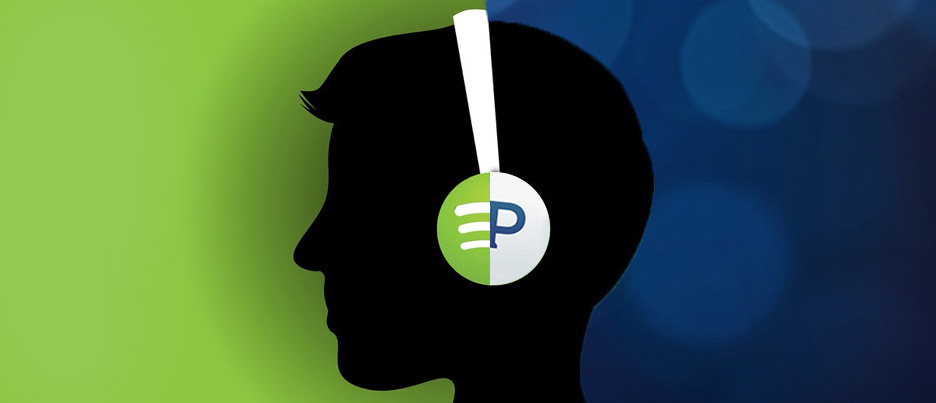Streaming Music Wars: A New Frontier

As a music lover, I still remember my first music streaming experience like it was yesterday. It was a hot, muggy August night and as an undergrad working a summer job I didn’t have the privilege of air conditioning. To combat my insomnia, I scoured the web for new music to pass the time and stumbled across a new on-demand music streaming service. I was blown away.
After allowing the music platform access to my Facebook information, I was merely a click away from the full discography of (almost) any artist my heart desired. No more 30-second song teasers or slow downloads. Best of all, it was FREE! The only caveat was that I had to listen to an ad every couple songs.
If you haven’t guessed already, the service I’m referencing is Spotify. Expected to reach 100 million users by the end of 2015, Spotify is just part of the streaming music revolution that represents the fastest growing segment in the recorded music industry with no signs of slowing down.
At the end of September, Spotify and it’s chief competitor, the digital radio platform Pandora (sorry Apple Music), went after the ears of top marketing executives at an Advertising Week panel in New York City. The two companies squared off, discussing how their service’s advertising packages have the ability to target always-hard-to-reach millennials.
Spotify almost exclusively displayed their ability to target ads on their platforms down to a specific user, based on personal data and listening habits. Since millennials spend an average of 25 hours a week streaming music, this information sparked the attention of many marketers in attendance. What Spotify failed to do however, was demonstrate how brands can use all this information to successfully reach their desired consumer. Insights into what people listen to in the shower might be amusing, but it’s definitely not the best way to earn a media buy.
Pandora didn’t exactly blow anyone away at the conference from a branding ability standpoint, either. But the fact remains that Pandora’s “cume” (cumulative monthly unique visitors to a service’s free, commercially supported service) is approximately four times as large as Spotify’s. This is likely attributable to the fact that Pandora has been in the streaming music marketplace twice as long as Spotify and was the first online radio experience for many users (including mine). This has been enough to keep Pandora a favorite for many marketers looking to get the most bang for their buck.
This past August, on a hot, muggy night, I became nostalgic for a song I heard in full for the first time four years ago. While I don’t have the slightest recollection of what ads were served to me that night, if Spotify can demonstrate how a brand can connect to a consumer like me, the tide could turn in their favor. Heck, the service might even be able to turn a profit. Until then, however, Pandora will continue to control the streaming battlefield.

